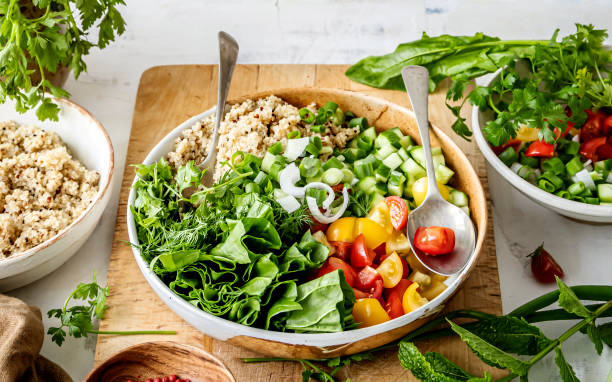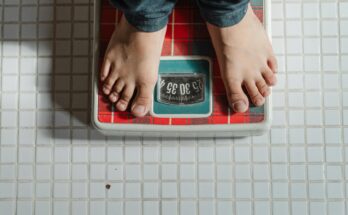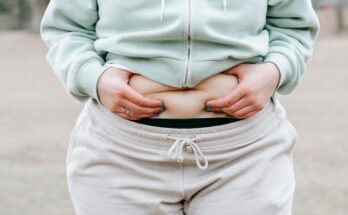Achieving weight loss requires achieving equity between caloric intake and caloric burning. Here are a few effective methods of weight loss:
1.Nutrition: Eating the Right Foods
Caloric Deficit: The number of calories eaten should be less than the calorie maintenance level.
Estimate your caloric needs using a calorie calculator.
Balanced Diet: Focus on:
Proteins: Chicken, fish, eggs, beans, and tofu in order to retain muscle mass.
Healthy Fats: Avocado, nuts, seeds, and olive oil.
Complex carbohydrates: Whole grains, vegetables, and fruits for energy.
Control Empty Calories: Limit sugary beverages, snacks, and processed food.
Portion Control: Choose smaller plates, chew slowly, and regulate eating according to appetite.
2.Physical Activity: Moving in Sync
Cardio: Exercises such as walking, running, swimming, or cycling can assist with burning extra calories.
Strength Training: Building muscle mass increases resting metabolic rates.
Everyday Movement: Walk, take stairs, or simply stand during the day to keep on moving.
3.Lifestyle Changes
Hydration: Drink lots of water that might induce a feeling of fullness and help the digestion process.
Sleep: Encourage a quality sleep pattern and aim for 7 to 9 hours a day to support weight management.
Stress Management: Excessive stress can lead to overeating; utilize relaxation techniques such as meditation or yoga to alleviate it.
4.Setting Realistic Goals
Keep a steady weight loss at 0.5-1 kg (1-2 lbs) a week. Forgo any illegitimate plan for rapid weight loss, as this is impossible to maintain.
Keep track of your usage: A journal or an app to track your eating, exercise, and weight changes.
5.Be Patient and Consistent
Consistency is key. Weight loss is no quick process, and small sustainable changes will always outdo extreme diets.
If you’re planning a significant dietary or lifestyle change, it’s also worth consulting a healthcare professional or registered dietitian for personalized advice.
Eat less than you do, only eat nutritionally balanced foods. This is a weight loss diet plan that generates a caloric deficit. This is the broad structure.
Talk in general:
Deficit of calories: Eat 300-500 calories below baseline for weight loss.
Balance of nutrients:
Nutrition: Helps to maintain muscle and boosts metabolism.
Fiber: Aids in satiation and digestion.
Low-modem fat: Protects overall health.
Complex carbohydrates: Provides energy and avoids sugar crashes.
Sample Daily Weight Loser Diet
BreakfastSpecial
2 boiled eggs/vegetable omelet.
1 slice of whole-grain bread or ½ avocado.
A handful of berries or a small apple.
Coffee or green/black tea with no sugar or low-fat milk.
Mid-Morning Snack
A handful of nuts (10-15 almonds or walnuts).
Green tea or herbal tea.
Lunch – A balanced meal
100-150g grilled chicken, fish, or tofu.
1 cup of quinoa, brown rice, or a small sweet potato.
1-2 cups of steamed/fresh vegetables.
Drizzle of olive oil and/or a squeeze of lemon for dressing.
Afternoon snack
1 cup of Greek yogurt (unsweetened) or a small protein smoothie while the cucumber or carrot stick(s) are served with hummus.
Dinner
Large salad of leafy greens, cucumbers, tomatoes, and lean protein (chicken or fish or beans).
Dress with 1 tbsp. of olive oil and balsamic vinegar.
Optional: Small whole-grain roll.
After dinner
A piece of dark chocolate (at least 70 percent cocoa) or herbal tea.
Foods to highlight:
Proteins: Eggs, chicken, turkey, fish, tofu, legumes.
Carbohydrates: Whole grains, oats, quinoa, vegetables, fruits.
Fats: Cashew nuts, walnut, olive oil.



